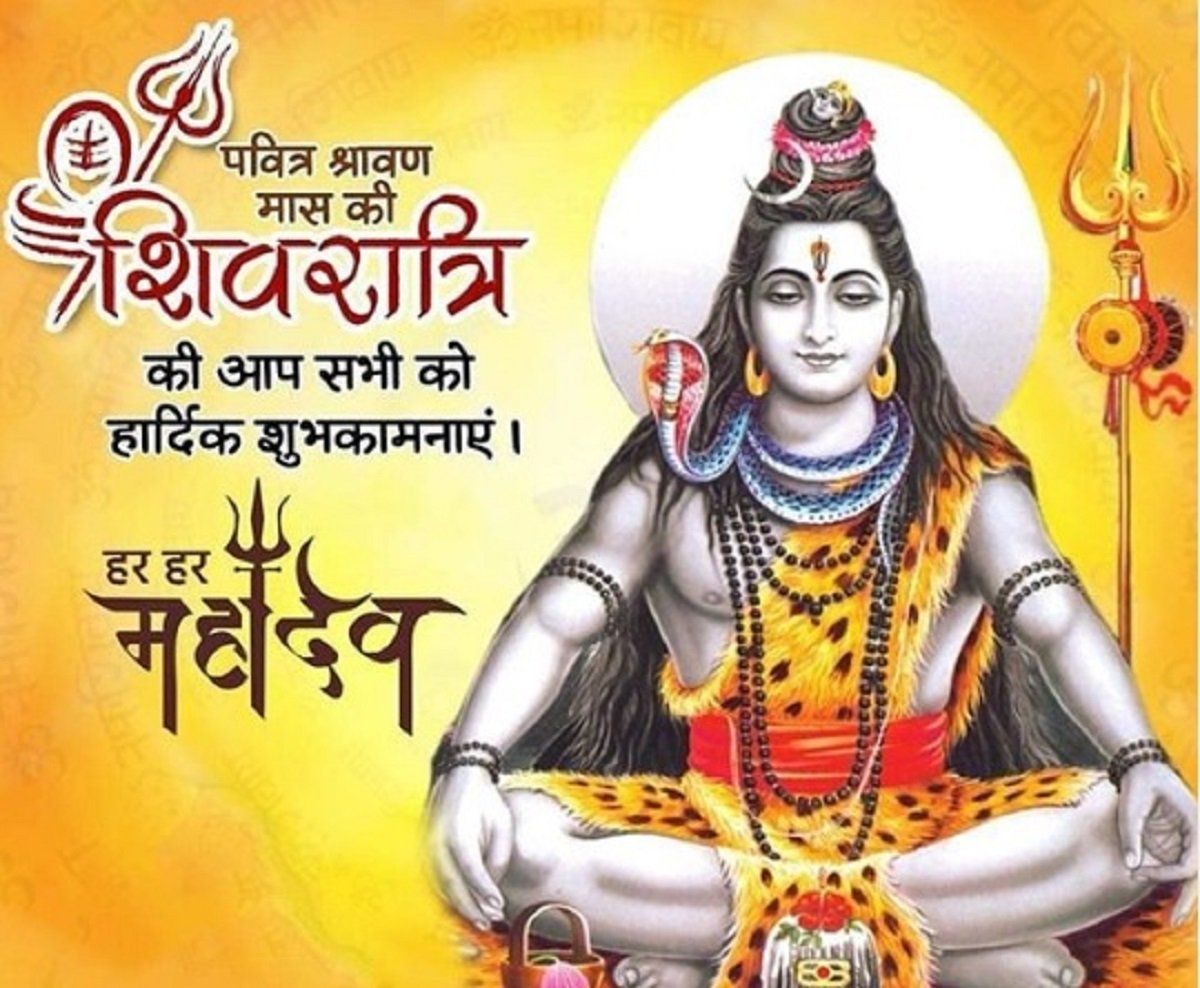Divine Visions: The Enigmatic Beauty of Lord Shiva Images
The allure of Lord Shiva images captivates the hearts and minds of millions across the globe. As one of the principal deities in Hinduism, Lord Shiva embodies a rich tapestry of symbolism, philosophy, and artistic expression. Whether through magnificent sculptures, intricate paintings, or contemporary depictions, these images serve as a window into a divine realm that transcends the ordinary. The profound meanings conveyed through each representation invite viewers to explore the depths of spirituality and the complexities of existence.
From the fearsome yet benevolent aspects of Lord Shiva to his role as the cosmic dancer in the form of Nataraja, each image tells a unique story. Devotees and art enthusiasts alike are drawn to the vibrant colors, detailed craftsmanship, and the deep sense of tranquility or power that these images evoke. They are not merely artistic creations; they are profound manifestations of faith, reflecting a divine beauty that resonates with the soul. As we delve into the enigmatic beauty of Lord Shiva images, we uncover the layers of meaning and artistry that have been celebrated through the ages.
Symbolism in Lord Shiva Imagery

Lord Shiva is often depicted in a variety of forms that convey deep spiritual meaning and symbolism. One of the most recognizable elements in Lord Shiva images is the crescent moon adorning his head. This symbolizes the cyclical nature of time and the rhythm of life. The moon represents coolness and calmness, reflecting the serene aspect of Lord Shiva, who balances the intense power of destruction with a tranquil demeanor.
Another prominent symbol found in these images is the third eye, positioned on his forehead. This eye signifies higher consciousness and wisdom beyond ordinary perception. It represents the ability to see beyond the physical realm and understand the deeper truths of existence. The opening of this eye is associated with destruction of ignorance and illusion, emphasizing Shiva's role as a provider of insight and enlightenment.
Furthermore, the serpent wrapped around Shiva’s neck embodies his mastery over fear and death. Snakes are often viewed as symbols of transformation and renewal, which aligns with Shiva's role in the cycle of creation, preservation, and destruction. This image reinforces his position as a guardian of spiritual energy, reminding devotees of the potential for overcoming obstacles and emerging stronger through challenges.
Cultural Significance of Shiva Art
The art depicting Lord Shiva holds profound cultural significance within the Indian subcontinent. As one of the principal deities in Hinduism, Shiva embodies a complex range of attributes, including creation, destruction, and regeneration. His representations in art often reflect these themes, showcasing his dual nature as both ascetic and householder. The myriad forms of Shiva, such as Nataraja, the cosmic dancer, and Ardhanarishvara, the divine synthesis of masculinity and femininity, illustrate the diverse philosophical ideas associated with him, making these images powerful symbols in spiritual and cultural discussions.
Shiva art is not merely aesthetic but serves as a vehicle for spiritual expression and devotion. Temples adorned with intricate carvings and sculptures present scenes from mythological narratives that engage devotees and onlookers alike. These artistic representations create a sacred atmosphere, enabling spiritual reflection and connection with the divine. They also play a crucial role in rituals, as images of Lord Shiva are often central to worship practices, highlighting his importance in the daily lives of millions.
Furthermore, the influence of Shiva images extends beyond religious contexts into various aspects of Indian culture, including dance, music, and literature. Artists and performers draw inspiration from Shiva's attributes to convey deeper philosophical meanings and emotional nuances. This intertwining of art and spirituality emphasizes the timeless relevance of Shiva, allowing his images to resonate across generations, making them an integral part of cultural identity and heritage.
The Evolution of Shiva Representations
The depictions of Lord Shiva have undergone a remarkable transformation over the centuries, reflecting the changing beliefs and artistic expressions within diverse cultures. In early representations, Shiva was often depicted in a more abstract form, embodying the essence of form and formlessness. These images emphasized his cosmic attributes, conveying a profound sense of spirituality and infinity that resonated with the ancient followers of Hinduism.
As time progressed, the portrayals of Lord Shiva became more intricate and human-like, capturing his various aspects and manifestations. Iconography began to flourish, showcasing Shiva in dynamic poses such as the Nataraja dance, symbolizing creation and destruction. Artists integrated symbolism like the crescent moon, symbolism that represented time and eternity, along with the river Ganges flowing from his matted locks, embodying purity and life. This period revealed an increasing emphasis on his character traits, making the images relatable to devotees.
In contemporary representations, Lord Shiva's images continue to evolve, blending traditional motifs with modern artistic interpretations. lordshivaimages , artists employ various mediums, including digital art, while also exploring themes of peace and harmony alongside the divine power Shiva embodies. lord shiva images reflect a balance between devotion and contemporary aesthetics, ensuring that the enigmatic beauty of Lord Shiva remains a source of inspiration and reverence for both devotees and admirers around the world.